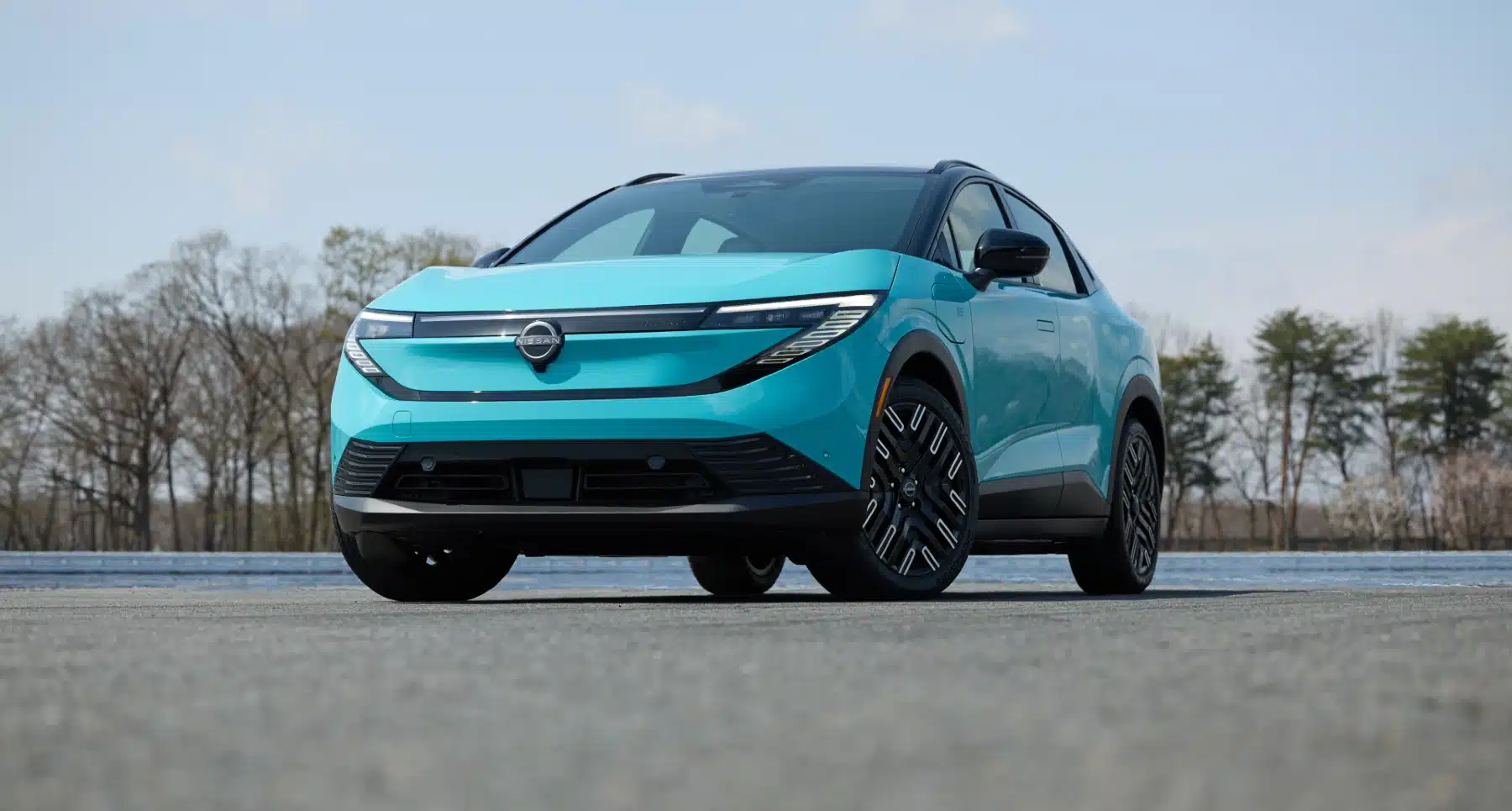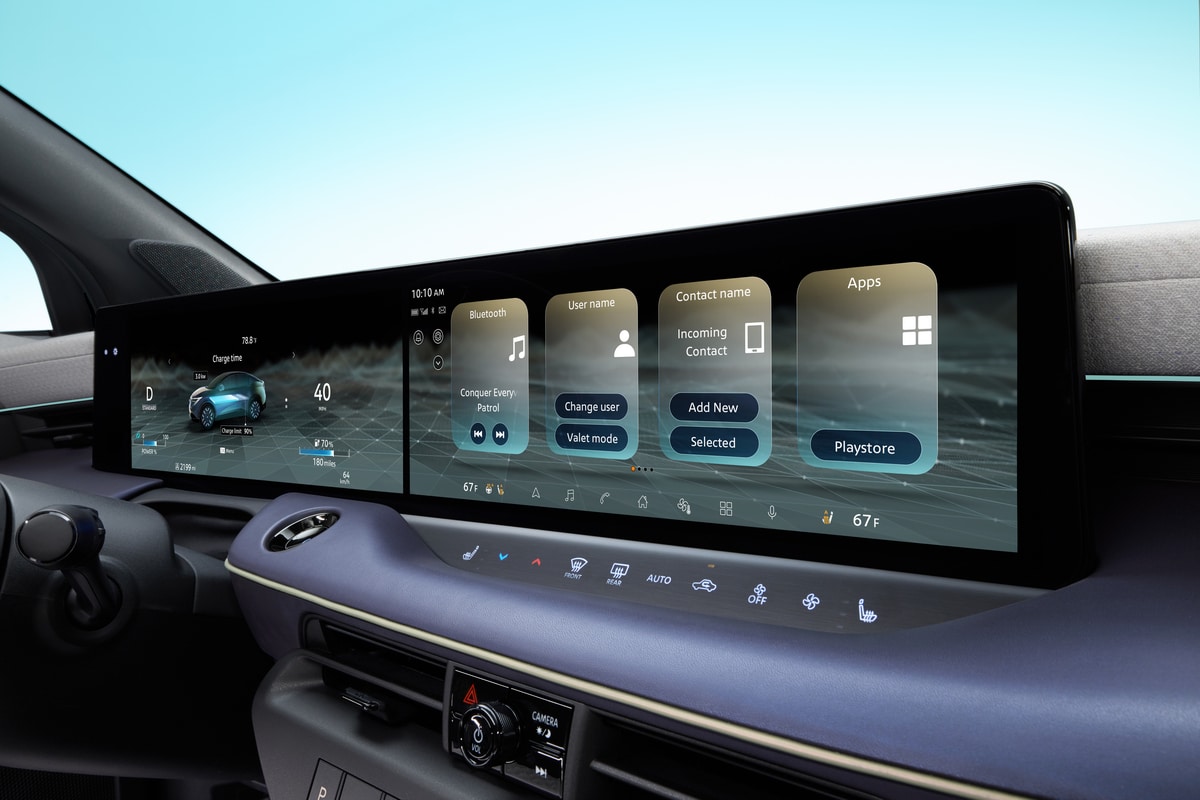
Nissan has overhauled the Leaf. Once a compact hatchback, the iconic EV returns as a bold SUV-coupe with a headline range of up to 604km. Due for launch in early 2026, the new Leaf aims to reassert Nissan’s place in the EV race against Tesla’s Model Y and BYD’s Atto 3.
From hatchback pioneer to SUV contender
The 2026 Leaf marks a dramatic shift in design and strategy. Built on the CMF-EV platform shared with the Ariya and Renault Megane E-Tech, it now rides on a 2690mm wheelbase and measures 4405mm long. Though it’s shorter than the outgoing hatchback, it offers more interior space, aerodynamic styling (0.25 Cd), and a coupe-like profile tailored for global SUV demand.
Styling details include pop-out door handles, a flat underbody, a subtle spoiler, and smoked LED tail lights with nods to the Nissan Z.
Long range, fast charging
Two battery options will be offered. The Extended model pairs a 160kW motor with a 75kWh pack for up to 604km (WLTP) of range. The Standard version features a 130kW motor and 52kWh battery, good for 436km.
Both versions support rapid DC charging. The larger pack can handle 150kW speeds, giving 417km of range in under 30 minutes. Battery pre-conditioning ensures fast, efficient top-ups on the move.

LEAF brings familiar apps and intuitive connectivity right to the vehicle dashboard with available Google built-in – including Google Maps, Google Assistant and the Play Store – with dual 14.3-inch screens in SV+ and PLATINUM+ grades.
Interior goes minimalist, high-tech
Inside, the Leaf offers either dual 12.3-inch displays or upgraded twin 14.3-inch screens. Nissan has ditched the gear lever for push-button drive controls, added touch-sensitive dash panels, and introduced ambient lighting and electrochromic dimming for the panoramic roof.
Higher trims get a Bose sound system with headrest speakers and Nissan’s latest ProPILOT Assist. Also featured: e-Pedal Step for one-pedal driving and a 3D surround view camera with “invisible bonnet” view for tight city driving.
Powering more than the car
The new Leaf doesn’t just take power — it can give it back. V2L (Vehicle-to-Load) capability provides up to 3.6kW to run laptops, tools, or camping equipment.
In select markets, it will support V2G (Vehicle-to-Grid), letting drivers feed electricity back into the grid during peak times. Nissan says this could cut household energy costs by 50% and reduce carbon output by 30%.
Made in the UK, with zero-carbon goals
Production starts in early 2025 at Nissan’s Sunderland plant, part of the EV36Zero hub aiming for carbon-neutral vehicle manufacturing. The site includes a new local battery supply chain, 10 solar farms, and second-life battery storage, targeting 55,000 tonnes of CO₂ savings annually.
The Leaf will launch in Europe first, with other markets to follow. Orders open in autumn 2025.
Nissan targets EV relevance again
With more than 700,000 Leafs sold globally since 2010, Nissan’s legacy in electric mobility is unmatched. But the market has changed — and fast.
This SUV-coupe reinvention, with its long range, fast charging, and advanced energy features, shows Nissan is serious about staying in the game. The challenge now is cutting through an EV segment packed with cheaper Chinese rivals and tech-heavy giants.
The 2026 Leaf is no longer just a city runabout. It’s a full-featured electric crossover ready for long trips, smart charging, and grid-integrated living.











